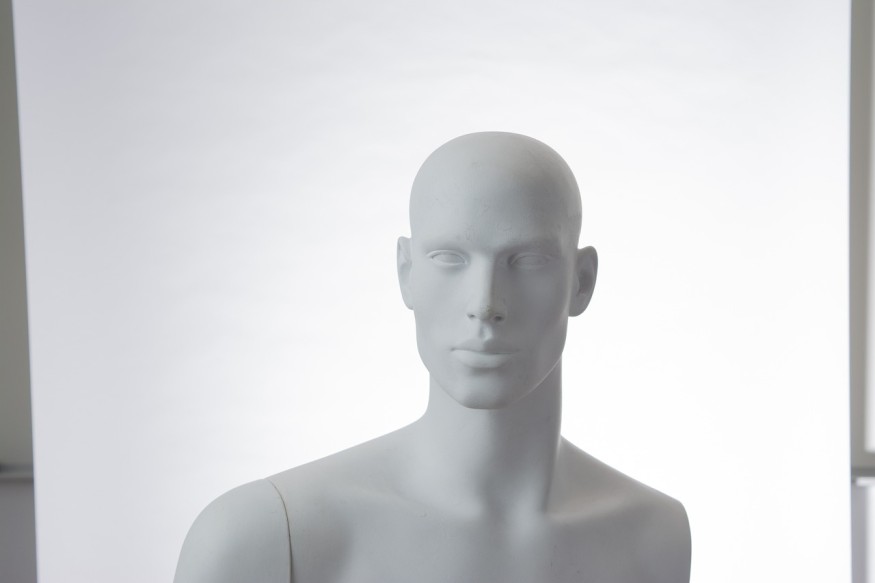
Scientists were able to make the world's first outdoor walking manikin in a novel technological milestone.
ASU's ANDI: World's First Outdoor Walking Manikin
According to MailOnline, scientists have named the droid ANDI. The manikin is capable of walking, generating heat, shivering, and breathing like a human. Such capacities could help specialists know more about the resilience of the human body against intense heat waves.
This feat was done by scientists from Arizona State University. They redesigned a robot that clothing companies used for sports gear. They made it mimic the human body's thermal functions.
According to the Express.co.uk, the manikin contains 35 various surface areas. Each one is controlled individually using heat flux sensors, temperature sensors, and sweat-beading pores.
MailOnline notes that the manikin's novel internal channel for cooling makes it the first one fit for outdoor usage. This means that scientists can subject the test droid to the arid conditions of the Arizona desert.
ALSO READ : Humanoid Robot Ameca Is 'Sad' After Realizing It Will Never Experience True Love [WATCH]
Testing Heat Resilience
Konrad Rykaczewski, an associate professor from the School for Engineering of Matter, Transport, and Energy and the principal investigator of the new research project of ASU to gauge how extreme heat affects human health, explains that though there is much work that focuses on extreme heat, there are still many missing gaps. Rykaczewski adds that they are trying to come up with a comprehensive understanding of such effects in order to quantitatively come up with and design solutions.
At present, there are 10 existing ANDI manikins across the globe. While most of them are used by sports clothing firms to test their garments, the ANDI of ASU is one of the two ANDIs used by research institutions. '
Jenni Vanos, an associate professor at the School of Sustainability at ASU, explains that humans cannot be placed in extreme and dangerous heat situations and put to the test. Despite this, there are known situations in the Valley where people die due to heat, and yet scientists have yet to get a deep understanding of what took place. ANDI can aid them in figuring things out.
Inside a heat chamber dubbed by researchers as the "Warm Room," ANDI gets to experience solar radiation, wind, and temperatures that go as high as 140 degrees Fahrenheit. Between various trials, the manikin can be reprogrammed to match other people based on age, weight, and other considerations. The Warm Room can also be adjusted to simulate different heat scenarios that match any arid region in the world.
Throughout the US, thousands of individuals die due to heat stroke and other heat-related conditions every year. In fact, Arizona's Maricopa County was able to identify 425 heat-related fatalities in 2022. Such figures could soar even higher because of the climate change crisis.
The researchers hope to lower such figures by knowing how individuals with various ages, body types, and medical issues may respond to such intense sun exposure, heat waves, and other extreme conditions.
During the summer, the ANDI will collaborate with MaRTy, the biometeorological heat robot at ASU, and a group of various intricate heat sensors attached to a garden cart. MaRTy will be able to show how the environment adjusts the amount of heat that gets into contact with the body, but it cannot shed light on what takes place inside the body.
While MaRTy will get to measure the environment, ANDI will reveal how the body reacts.
Read also: El Niño Warning: World Should Brace For Higher Global Temperatures, New Record Heat Levels, UN Says
Check out more news and information on Tech & Innovation on Science Times.










